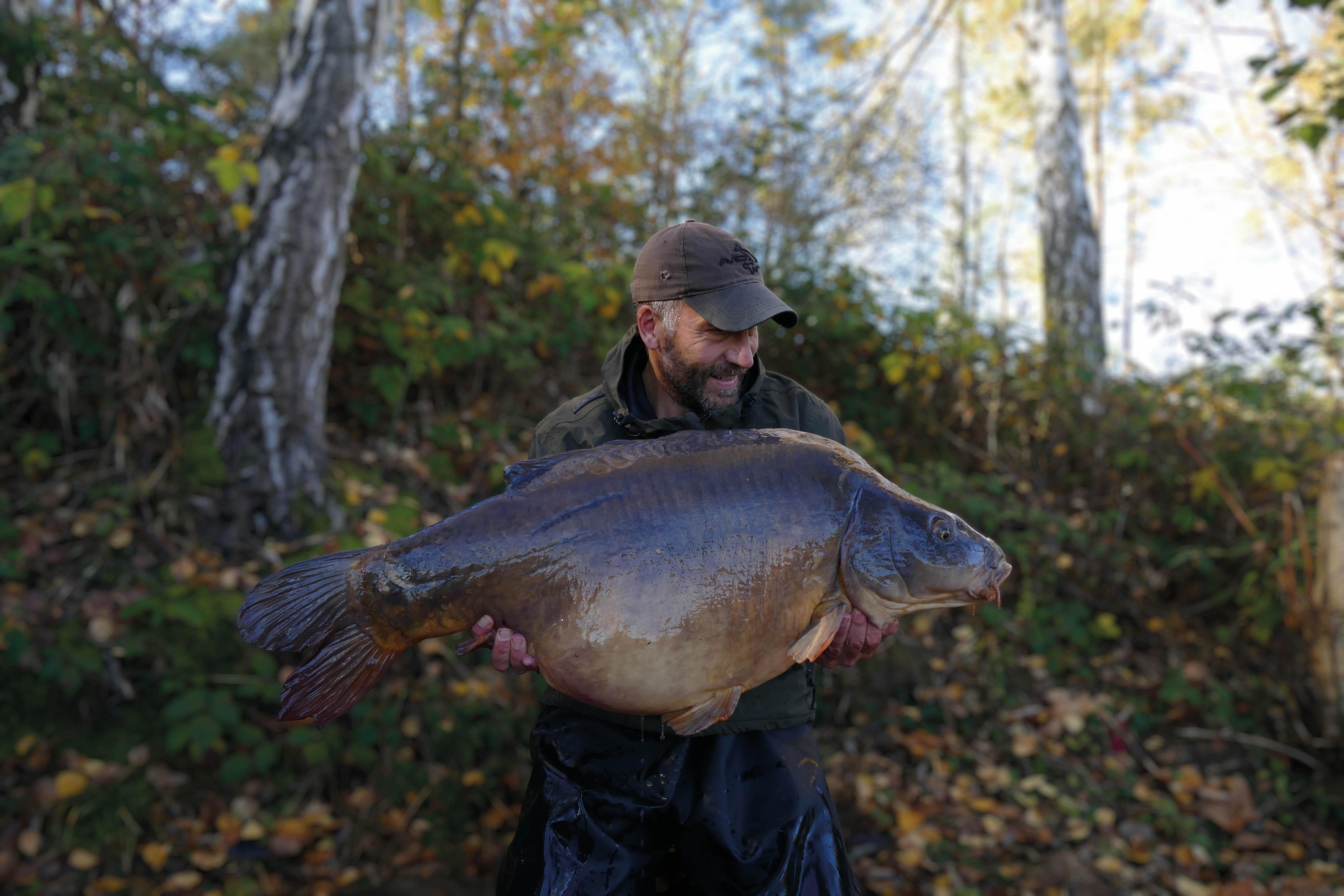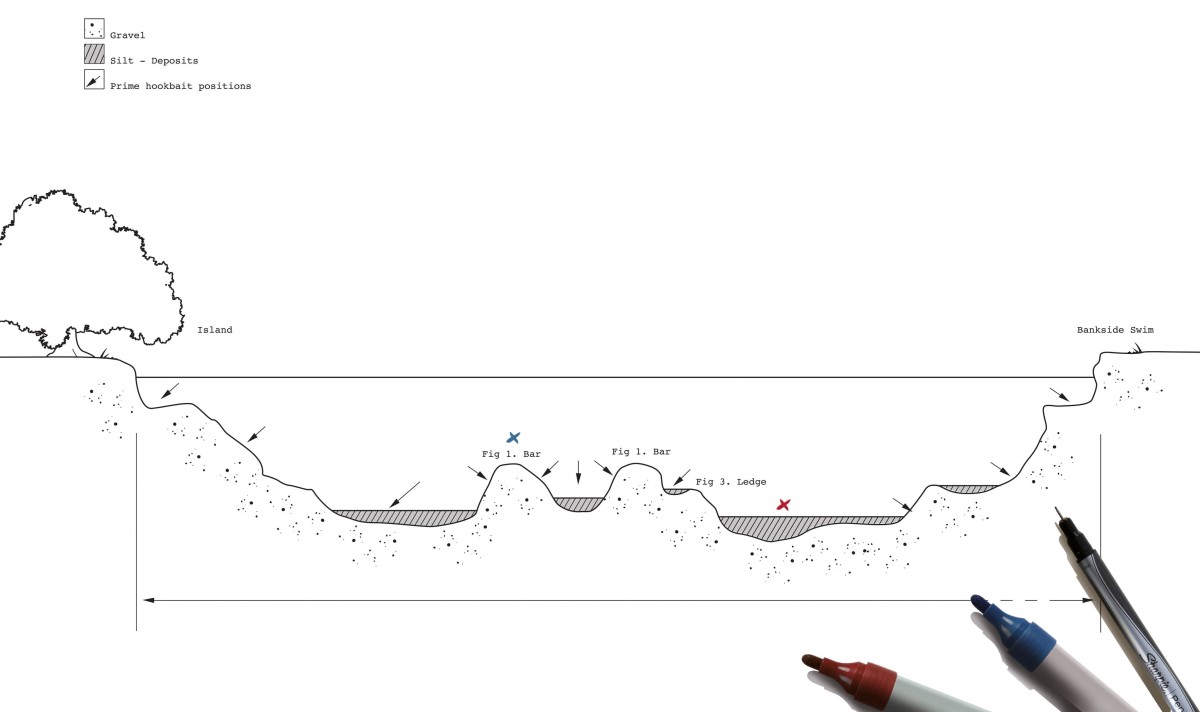
Simon Crow Discusses Gravel & Silt
A comprehensive interview to cracking both the soft and hard stuff
Simon Crow has been carp fishing for over 30 years. In that time he’s fished more than 400 venues, spanning right across the globe; waters that range from intimate one-acre farm ponds with incredibly cute carp to the brutal Rainbow Lake in southern France—the Jurassic Park of carp fishing—and everything in between. Through fishing this huge variety of different venues, Simon has encountered virtually every angling situation imaginable, and that includes angling on the silty meres in the north and the rich gravel pits of the south. Here’s what Simon told us when it comes to understanding the soft and hard stuff…
CARPology: We’ll start with the obvious opening question: what is your lakebed preference when it comes to placing your hookbait, and why is that?
Simon Crow: “It depends on the lake/venue. On some venues I might prefer a softer bottom and on others it’s vice versa. I’m looking for features out of the ordinary, so if it’s a silty mere I may go with the hardest bottom I can find, and on a gravel pit I may go for some silt. They all have their advantages, but generally speaking I’d have to say the one which gives me the most confidence is firmish gravel. I don’t say ‘gravel only’ because there is a difference. Gravel comes in different forms, and some can be too hard to fish over, especially the sort that has the marker rod twanging all over the place because it’s full of sharp edges and larger stones. Of course you can still fish over gravel like that but you usually have to upgrade your tackle which decreases your chances of getting bites. The type of gravel I prefer gives a gentle ‘tapping’ on the rod tip when you pull the marker over it. It has some sand or softer bottom mixed in with it, which gives the food that carp like to feed on the perfect habitat to survive.”
What would you say to our readers that have just read an article by Kev Hewitt, saying he looks for the cleanest, hardest part of the swim, whereas Nigel Sharp will look to fish onto the firmer silt areas at the back of a gravel bar? Clearly both are extremely successful anglers and yet both have two completely different outlooks.
“This is where it can be confusing for newcomers who don’t know much about the carp fishing industry, especially who the named anglers are and where they made their name. To someone who’s been around a bit, however, they’d know that both Kev and Nige have a completely different outlook on their angling. Kev is a specialised day ticket expert mostly going after bites, and Nige is an out-and-out big fish angler mostly targeting lower-stock waters. There’s a world of difference between those types of fishing, and their opinions will almost certainly be based on where they generally fish. Nige lives and fishes in an area of the country that’s dominated by gravel pits. Kev, on the other hand, is a bit more widely travelled because of his involvement with Carp Team England. The point I’m getting at is: they are very different anglers and whose opinion holds the most weight depends on the type of water someone is targeting. If I was going after a target carp in a low-stock gravel pit in the Colne Valley and Reading area, then Nige is the man to listen to. If I wanted to get more bites then Kev’s advice would be invaluable. Like everything in carp fishing, it’s hard to generalise about anything because there are so many variables involved.”
Are there areas on gravel bars/plateaux you prefer to fish over others? I.e. are some too obvious for you?
“My decision making is down to the venue and the time of year I’m fishing. In the spring, deeper waters are known to wake up a lot slower than the shallower ones, and as autumn moves into winter, the deeper ones shut down later. As a general rule though, I’d go for the tops of the bars or anywhere shallow in the early part of the year, and the deeper parts of the bar as the year progresses. Which side of the bar I’d go for would depend on its location in the lake. If it’s in the direct path of the prevailing wind, I tend to go for the leeward side over the facing side, mainly because you get less fallen leaves settling on that side. I’m not a fan of rotting leaves, they mask hookbaits and make it hard for carp to find bait. I like to keep my fishing as simple as I can, which includes making my bait as obvious to the fish as I can.”
When locating an area to fish, how much does the weather come into play in choosing your spot?
“As I’ve just touched on, the weather plays a massive part in my swim choice and where I put my hookbaits. Sunlight is known to be one of the biggest triggers of carp movement, especially in the early part of the season. As we come out of winter, the first warm days of the year are known to get the carp moving into the shallower areas. It can be really instant on the shallower venues and might take a couple of weeks longer on the deeper ones.
“One of the most solar-powered waters I’ve ever fished is Spitfire Pool. When I first started fishing it, Rich Wilby, the owner, told me what the carp were like and he was right: if the weather is cold and overcast you can sit on that tiny water and think there aren’t any carp in there. You hardly ever see any movement, but once that sun comes out, that’s when the carp start showing themselves. It’s when they’re catchable too. I’ve seen the same behaviour on lots of other waters, big and small.
“Besides the sun, I’m a fan of winds too, especially the warm prevailing and westerly ones. You’ll always find me fishing into the teeth of one of these, whatever the time of year. I’m not a fan of cold northerly or easterly winds though, and I usually opt for swims on the back of them. Of course, all waters are different but generally speaking it’s sunlight and wind that I pay the most attention to when it comes to weather.”
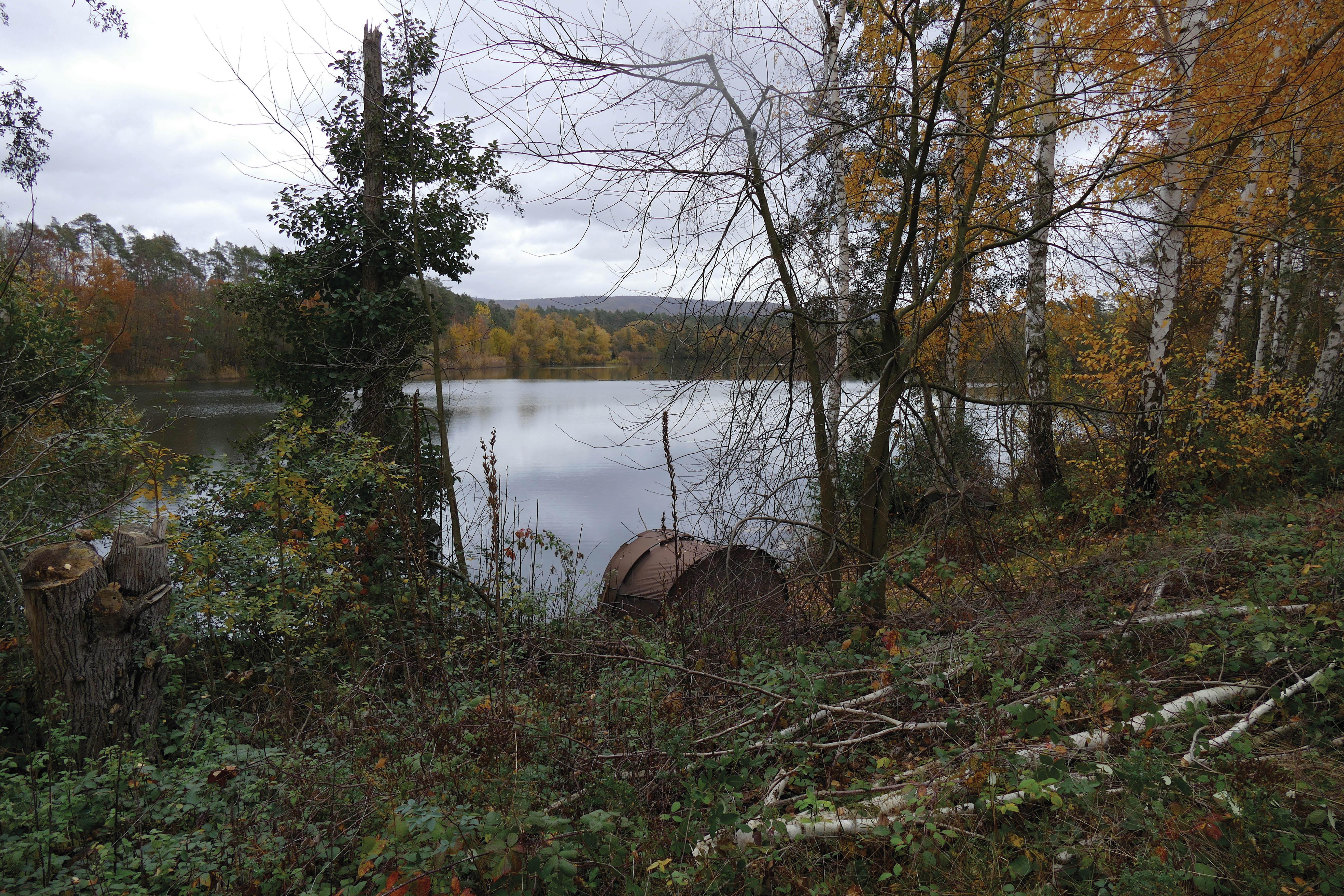
Does depth come into play much or are you more bothered by the actual feature?
“I treat depth just the same as I would an island, a bar or a set of snags. Carp feel safe in deep water. I’ve mentioned this a lot in previous CARPology features, most recently in The Rotary Letter when talking about Cassien in France. The carp head to the deeper water to escape anglers lines if they are under a lot of pressure. This kind of behaviour happens on lots of waters and not just in France. They will use midwater or a deep corner as a safe zone. That’s why it’s important to know everything you can about a lake. I think a lot of carpers ignore the deep parts too much, only turning to them in the winter when the old folklore of ‘go deep in the winter’ comes around.”
What are your thoughts on the whole ‘spots within spots’ thing? Are we making it too hard for ourselves; kidding ourselves; or do you 100% buy into it?
“For sure it happens but mostly on heavily fished venues like day ticket waters. This is where the fishing gets very ‘spotty’ because the carp are bombarded from all angles every day of the year. They can’t escape the pressure so their feeding becomes very specific. You see it all of the time on the busy waters, where the whole lake is rammed and one bloke is having it away with one rod. He’ll cast another rod as tight as he can to the one that’s going but they’ll keep picking up the same rod. This is when being very accurate with your angling goes a long way. If the wrong guy is in ‘the swim’ he won’t catch half as many fish as someone who’s using sticks, marking lines and being super-accurate.”
Another area of conflicting views is the type and depth of silt. Whilst most will say you don’t want to fish into really smelly, crappy areas, some incredibly successful anglers will happily bait and fish into the siltiest of silt areas. What are your thoughts?
“Generally I don’t like black silt at all. It’s anaerobic and depleted of the foods that carp feed on. However, that’s not to say they won’t visit those areas of the lake if they’ve been caught from all other areas ten times over. Carp survive by adapting to their environment. If you bait the crappy silt areas on a regular basis with loads of bait, they will come to it. If no-one else is fishing those areas, it’s then a case of happy days!”
On some lakes, where you have your ‘obvious’ features — i.e. a gap between two islands — have you found these tend to attract the smaller fish in the lake, and if so, why do you think that is?
“I can’t say I’ve ever come across this but I can give some theory that might explain why it could happen. The smaller fish in a lake are generally the younger carp. They won’t have been hooked as many times as the bigger older residents. Therefore, they’ll feed all over the place until they’re as wise as the older fish. Older carp are usually harder to catch than the young ones because their awareness to danger is more switched on.”
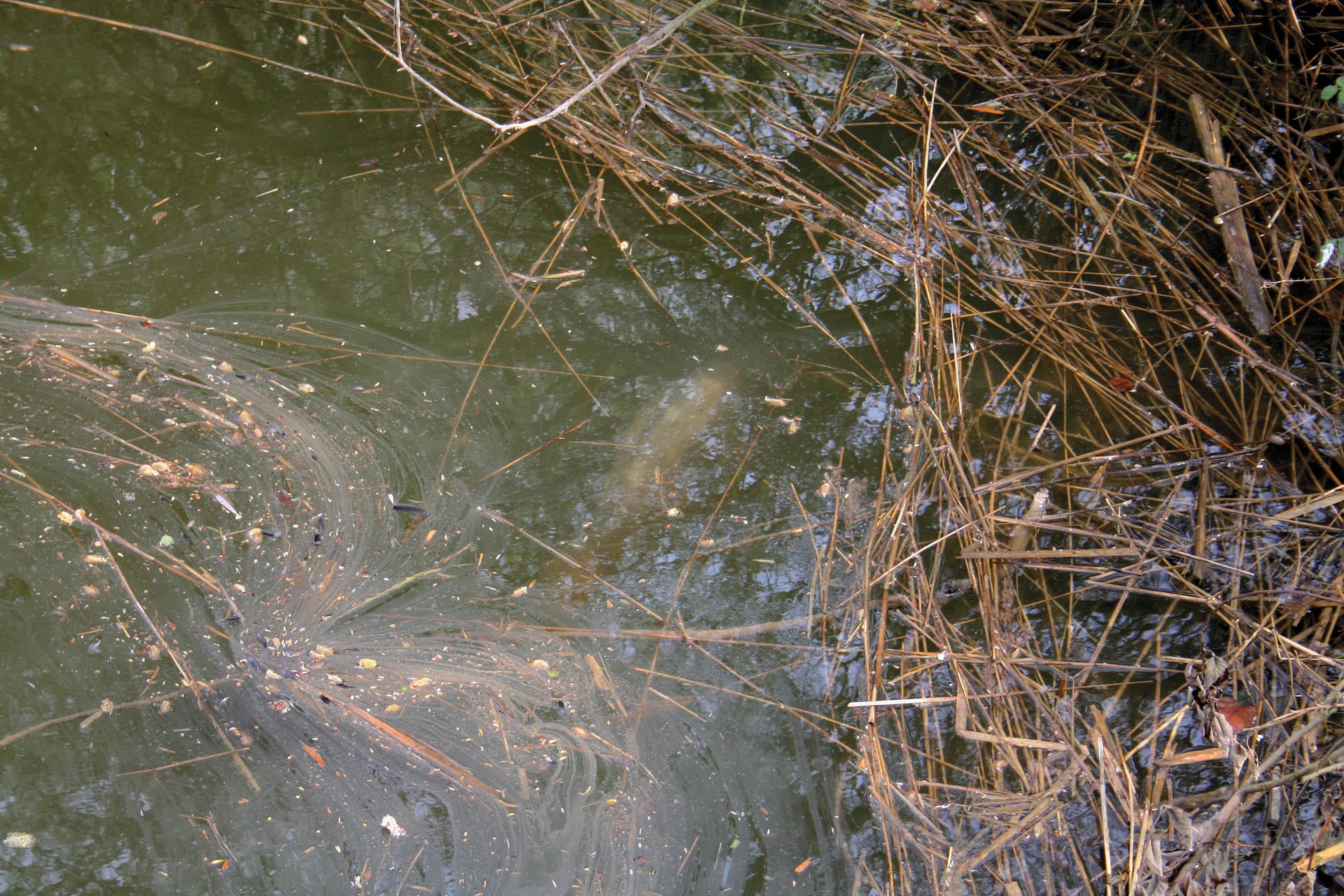
What areas attract you when targeting the larger residents of the lake?
“The areas where I know they live or get caught from the most. Big carp have history and if you do your research you can find out all sorts of information about their past capture records. I’m not just on about talking to other anglers, you can also do it in other ways too. Online catch data is now readily available to everyone. You can search for previous catches on social media, working out where photos were taken by looking at the background, at what time they were uploaded and browsing any comments attached to the thread. This sort of info is invaluable on all waters.”
You have an incredible record for catching from all manner of lakes: the mighty Rainbow to the intimate Spitfire Pool in England. When it comes to picking a spot in your swim, regardless of the size of the lake, what are attractive visual features to you?
“Again, it depends on the venue, as they all have something different about them. I remember fishing a water near Birmingham that was a round concrete bowl. The only feature on the lake was a half sunken shopping trolly in the shallows. It was ‘the banker’ spot as the carp lived there, all huddled around it trying to get some safety. That’s obviously at the extreme end of the scale as most lakes have something more natural to fish to. If I was on a water that had everything, somewhere like Orchid Lake, my favourite would have to be a no fishing bank followed by lily pads, weedbeds, snags, bars and then reeds. These would change depending on the time of the year though, with snags becoming my favourite as the water cools down. I rarely put all of my rods on one feature, preferring to spread them about, two on two different spots, or maybe three on three, four on four. You usually find day-to-day differences based on the usual factors like weather, angling pressure etc.”
Does the size of the lake and stock change your perception of what type of area you’re looking for?
“Not really, as carp love features on all lakes. I try to cover as many different ones as I can. I rarely fish all of my rods on the same feature, unless I’m on a busy day ticket water where I’m hemmed in and ‘spot’ fishing. Another example of when I may fish all of them on the same area is when I’m on a big venue fishing open water, using bait as my feature. I’ll spread it far and wide in the swim, putting the rods evenly apart within the bait. Tim Paisley used to call it ‘area baiting’ and I’ve seen its effectiveness on lots of waters, most recently in Germany by the amazing Frank Schmidt.”
A few years ago you fished Echo Pool and caught the big one from there: it’s a small, roundish lake, which is fished by just two anglers per week, from just one swim on the lake, fishing across to the out-of-bounds back edge. It’s incredibly pressured and there is also a fixed list of rules, so how do you gain an edge over the next guy, and more to the point, for the purpose of this feature, what type of feature are you looking for?
“I did my research on that water, draining the owner Andy of any info he could offer. I was particularly interested in how most anglers fished the venue. Andy told me they nearly all used bait boats, putting a little bit of bait in the hopper and sending it over to the other side, which is a no fishing bank. The venue is very pressured, having anglers on there throughout the year. I saw an edge in using the boat differently, filling it right to the brim with bait and sending it across to the no fishing bank three or four times before I put the hookbait out. It worked straight from the off, and only a few days before catching the big common at 83lb, I also caught another of the A-Team at 67lb on the same tactic. They are ‘bait fish’ in a water like that, and when you’ve got a regular turnaround of anglers, it’s usually how you apply the bait that will catch you the fish rather than the rig or the type of bait you use. Most commercial water anglers fish in exactly the same way, especially bait boat users. They almost always only put a handful or two of bait in the hopper and carp quickly wise up to it.”
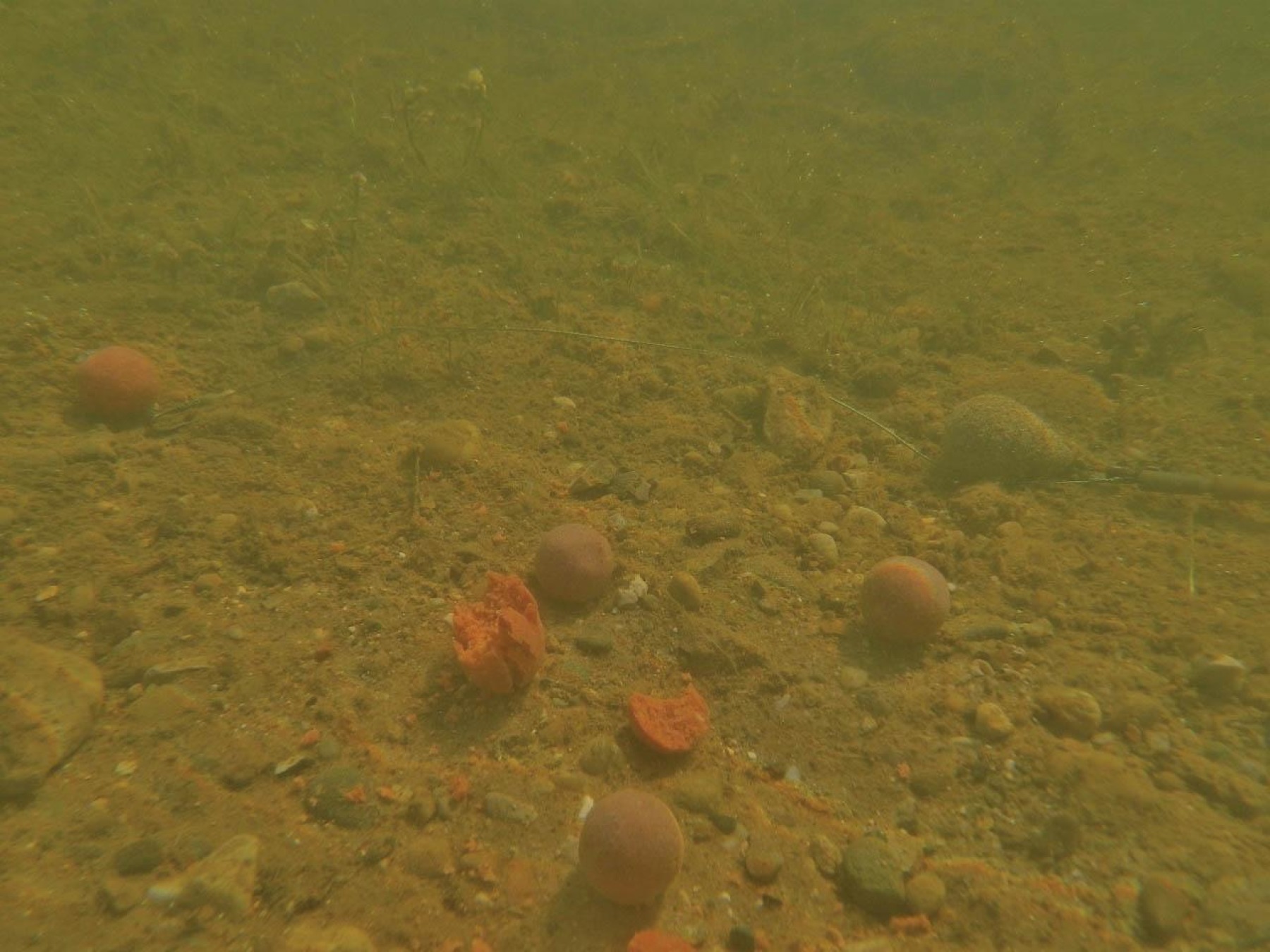
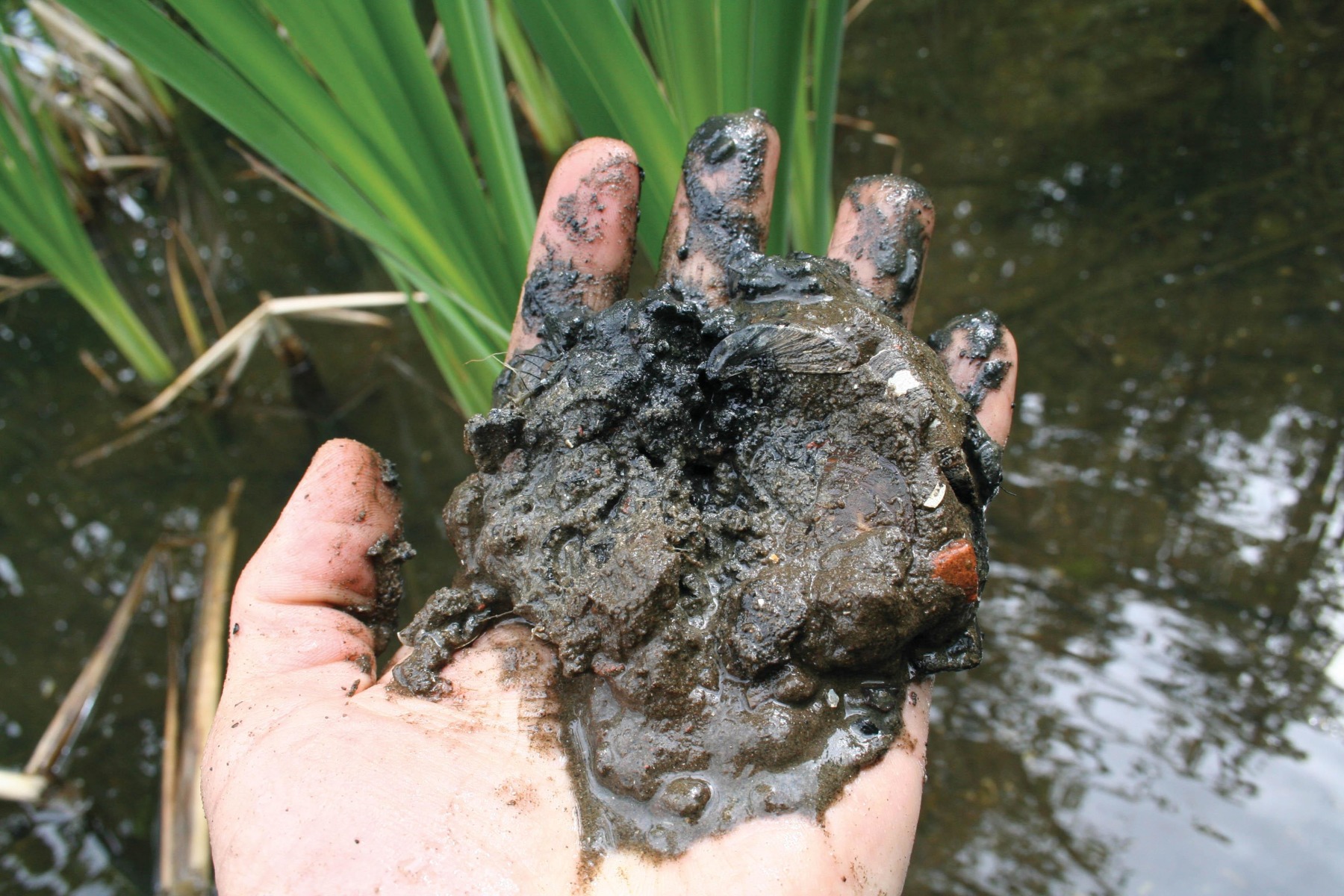
Top five tips for fishing on gravel and in silt
1. DO IT PROPERLY
Use a marker float and lead to find out the exact spot where the gravel or silt starts and ends.
2. TAKE A CLOSE LOOK
Examine the lead after every cast, to see how marked/scratched it is, or silted up, to help determine what’s in front of you.
3. THICKER/HEAVIER
If the lead plugs into the silt or is harder to retrieve, it signifies a thicker/heavier bottom.
4. GO VERY SLOW
Don’t retrieve the lead too fast when markering over gravel, or you will miss signs as it bounces along the bottom.
5. THE HOT SPOTS
The thinner silt or lighter gravel areas are the ‘hot spots’.
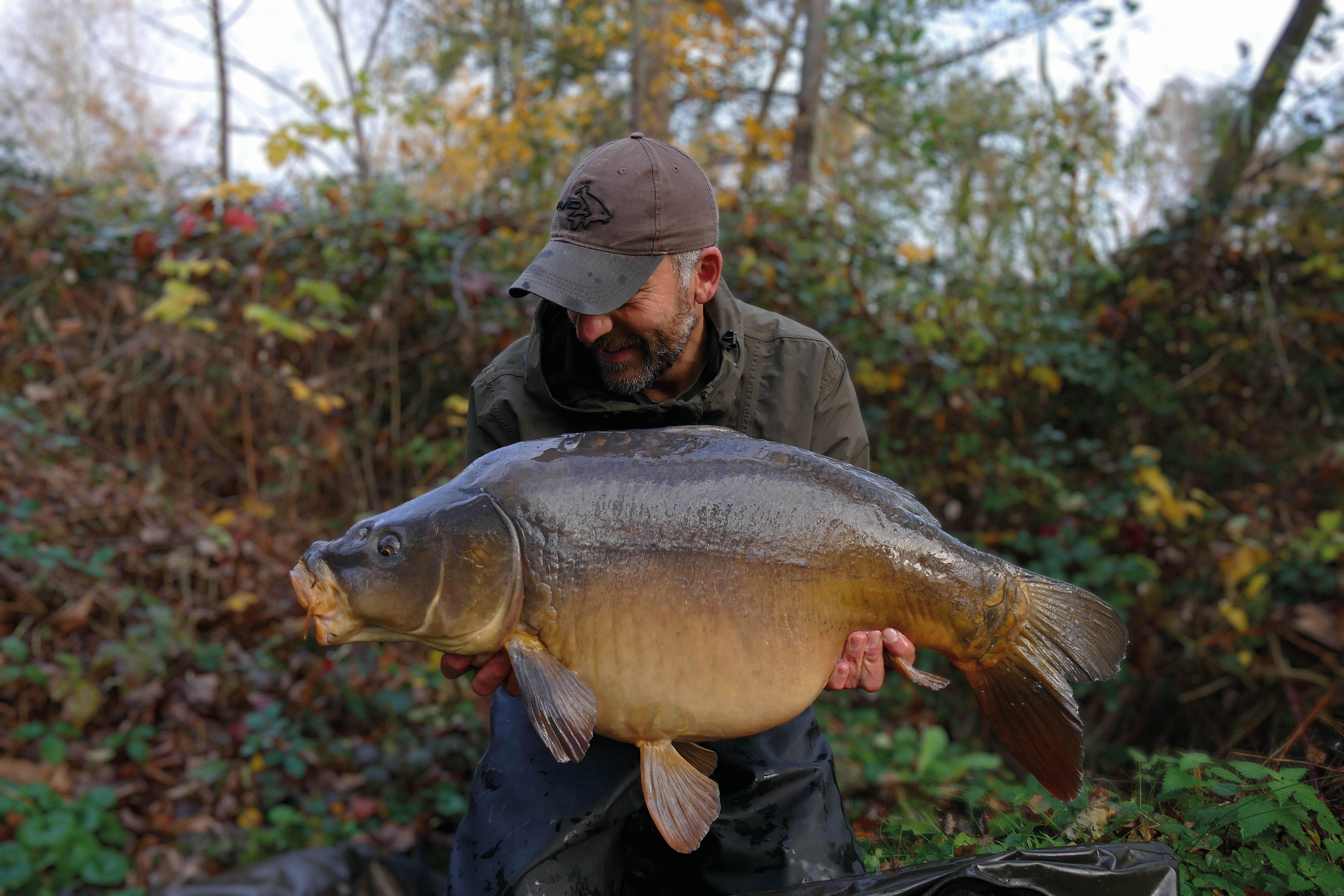
To end, it seems that the natural reaction for most anglers is to fish a pop-up when fishing into silt, whereas Dave Lane recently commented that he’s had incredible success using long nylon hooklinks, fished with a straight out of the bait boilie, when silt fishing. What are your thoughts?
“Who’s going to argue with Dave Lane? If Dave says it works, then it works. I’m not going to say he’s ever copied me or such like, but anyone who reads my articles or watches my vlogs will know I’m the simplest angler going. I’ve been fishing boilies straight out of the bag almost all of my fishing life. If we feed carp boilies from the bag, then it makes sense to use exactly that on the hook, even in silt. This last year I’ve done more fishing than I ever have, and it’s probably been my worst year ever for results. When you’re struggling your mind starts to wander. I’ve done it before with rigs, but this year I went off the bottom baits and started using pop-ups and wafters more. I faffed and fiddled and it did nothing for my overall results. I then went back to bottom baits and started catching again. The moral of this story is to keep it simple and stick to what you know works best for you. Confidence is what catches you carp, and confusion is what makes you unconfident.”
